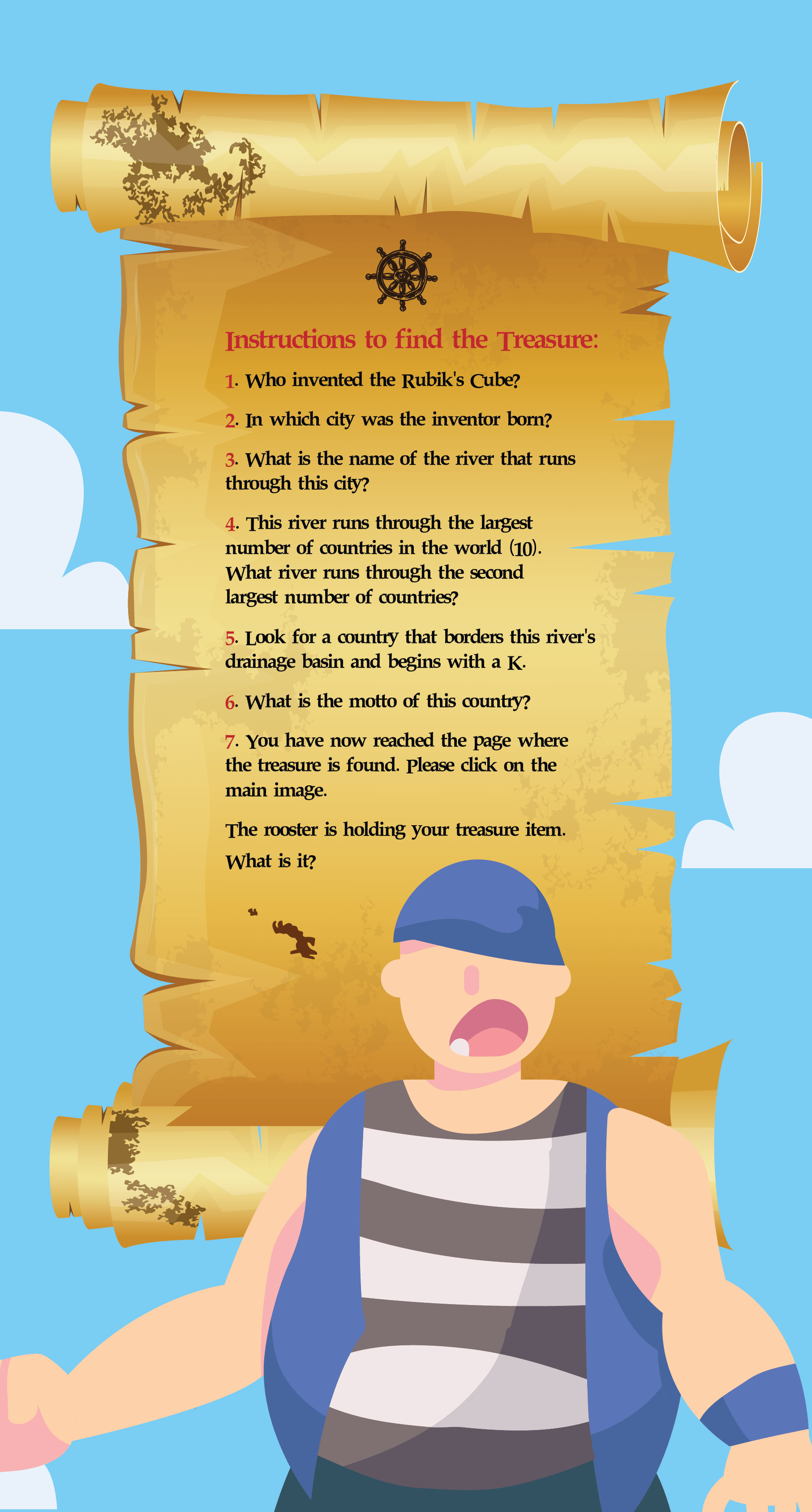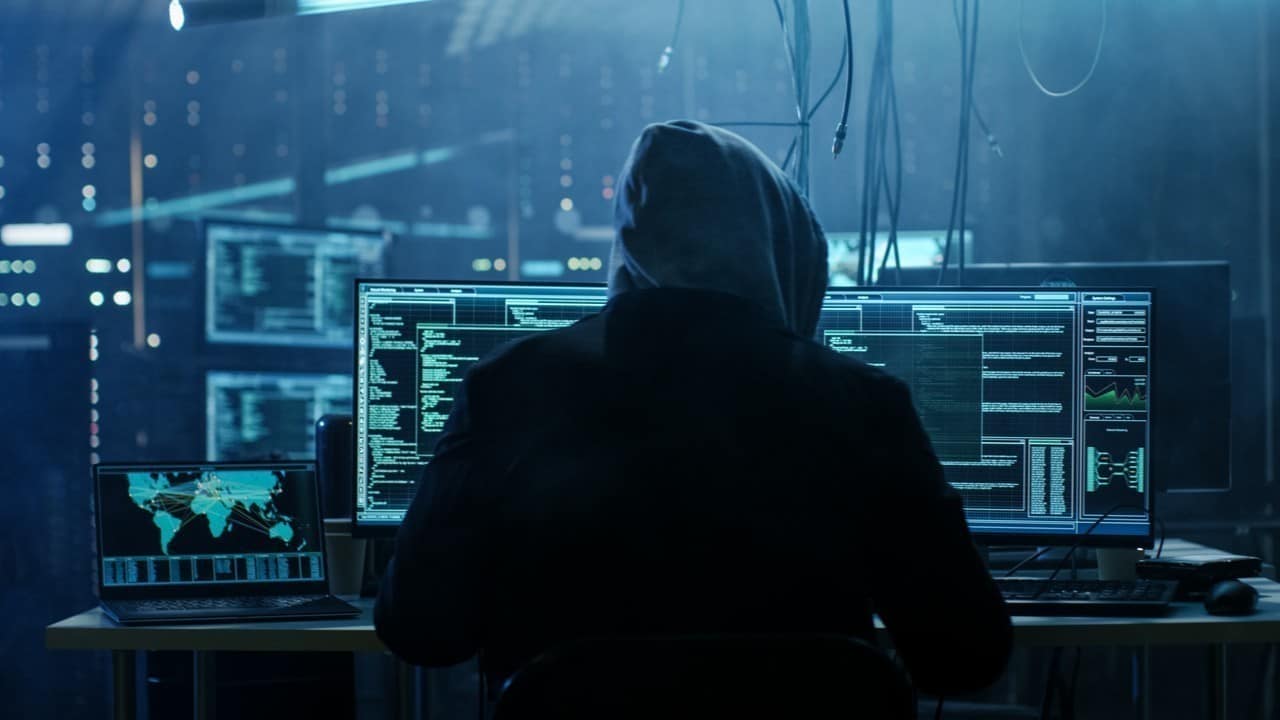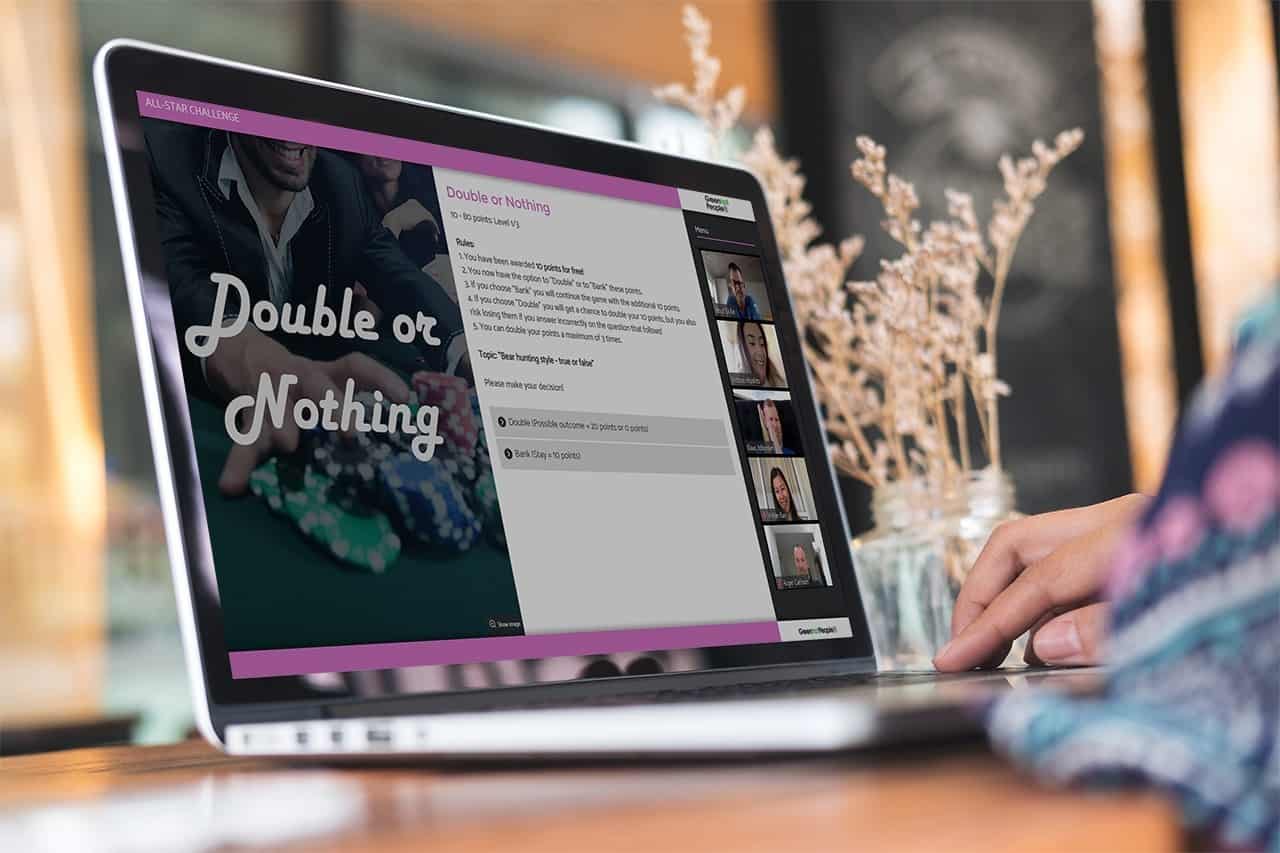Game Time: 45 mins
A hacker has locked your company files. Can you unlock them in 45 minutes? ‘Beat the Hacker’ is a fun, virtual Escape Room Game.
- Fun and Challenging
- Promotes Team Collaboration
- Story-driven game

Online versions of Scrabble, Guess Who, Codenames, and Cards Against Humanity have all proven popular, while virtual chess websites have been overwhelmed with new player registrations.
Remote team leaders at companies worldwide, from small startups to major corporations, are using virtual games to connect and energize their remote teams. Whether its digital Pictionary, a virtual Escape Room, or a Murder Mystery, virtual games are providing an alternative to the daily grind of video conference calls and online meetings. Employees plug into something unfamiliar and exciting, having fun while collaborating to overcome challenges.
As the number of new titles increases daily, we wanted to invite you behind the scenes for a glimpse of what is involved in creating and designing these virtual games. Did you know, for example, that our team spends over 1,000 hours on the development of each Green Hat Game?! What goes into it? We cannot divulge all of our secrets – the trademarked Green Hat blueprint for success is a secret guarded with the same intensity as the recipes for KFC chicken and Coca-Cola! But the diary of our anonymous game designer is sure to let you in on a few tricks of the trade, helping our readers understand how to craft a compelling virtual game from scratch.
Online versions of Scrabble, Guess Who, Codenames, and Cards Against Humanity have all proven popular, while virtual chess websites have been overwhelmed with new player registrations.
Remote team leaders at companies worldwide, from small startups to major corporations, are using virtual games to connect and energize their remote teams. Whether its digital Pictionary, a virtual Escape Room, or a Murder Mystery, virtual games are providing an alternative to the daily grind of video conference calls and online meetings. Employees plug into something unfamiliar and exciting, having fun while collaborating to overcome challenges.
As the number of new titles increases daily, we wanted to invite you behind the scenes for a glimpse of what is involved in creating and designing these virtual games. Did you know, for example, that our team spends over 1,000 hours on the development of each Green Hat Game?! What goes into it? We cannot divulge all of our secrets – the trademarked Green Hat blueprint for success is a secret guarded with the same intensity as the recipes for KFC chicken and Coca-Cola! But the diary of our anonymous game designer is sure to let you in on a few tricks of the trade, helping our readers understand how to craft a compelling virtual game from scratch.

While designing a new game, wave goodbye to your social life! The average game involves 1,000 development hours! Between the first briefing and the launch date, my calendar is crammed with brainstorming sessions and collaborative meetings with our backend developers, graphic designers, copywriters, testing teams, marketers, sales managers, and the dedicated project team.
The first few weeks lay the foundations for the entire project, as we hold briefing meetings to discuss objectives, audiences, formats, concepts, storylines, gamification elements, and timelines.
Our games are generally designed for large corporate teams rather than standard gamers, and tailoring our products to the needs and objectives of our clients is paramount. Some need a quick icebreaker for the start of an induction meeting, some require a couple of hours of engaging content, others request assistance with larger projects lasting several weeks or months. Some clients want to play with a local team of 100 employees, others need games for corporate teams of tens of thousands playing across multiple countries at the same time. Our simple tech setup ensures optimal accessibility – all you need is a computer with a browser – and there is no limit to the number of players we can host on our platform.
We spend a lot of time at the planning stage, developing conceptual ideas and drafting the storyline to create a richer experience for players. Green Hat Games are crafted with hidden elements and layers of complexity to reward those with an eye for detail, ensuring that there is always something new to discover for returning players.

While designing a new game, wave goodbye to your social life! The average game involves 1,000 development hours! Between the first briefing and the launch date, my calendar is crammed with brainstorming sessions and collaborative meetings with our backend developers, graphic designers, copywriters, testing teams, marketers, sales managers, and the dedicated project team.
The first few weeks lay the foundations for the entire project, as we hold briefing meetings to discuss objectives, audiences, formats, concepts, storylines, gamification elements, and timelines.
Our games are generally designed for large corporate teams rather than standard gamers, and tailoring our products to the needs and objectives of our clients is paramount. Some need a quick icebreaker for the start of an induction meeting, some require a couple of hours of engaging content, others request assistance with larger projects lasting several weeks or months. Some clients want to play with a local team of 100 employees, others need games for corporate teams of tens of thousands playing across multiple countries at the same time. Our simple tech setup ensures optimal accessibility – all you need is a computer with a browser – and there is no limit to the number of players we can host on our platform.
We spend a lot of time at the planning stage, developing conceptual ideas and drafting the storyline to create a richer experience for players. Green Hat Games are crafted with hidden elements and layers of complexity to reward those with an eye for detail, ensuring that there is always something new to discover for returning players.
Our objective for the All-Star Challenge was to energize remote teams by bringing about an “All-Star feeling. “The Merriam-Webster dictionary defines “All-Star” as:
adjective: composed wholly or chiefly of stars or of outstanding performers or participants.
noun: a member of an all-star team.
This is exactly how we wanted our players to feel – like stars, and part of an outstanding team! As “Zoom fatigue” and remote work isolation become increasingly prevalent, we wanted to create something fun and engaging, something that could bring a smile to the faces of every remote team member on the video call, however jaded! By making them feel like All-Stars in the game, we would spark confidence, energy, and togetherness among remote teams to help them feel and perform like All-Stars at work.
How do you do that? You begin with the conceptual planning meetings, where we paint with broad brushstrokes to find the right aesthetic and feel. For the All-Star Challenge, the focus was on positive energy, bright colours, and happiness. Think a summer festival, a trip to the bowling alley, or a games night with your friends and family…
But we also wanted to encourage some healthy, stimulating competition. A simple scoring system, some time pressure (45 minutes), and a fun leaderboard were designed to create a platform for that All-Star atmosphere, challenging teams to score as many points as they can in a series of mini-games to race up the leaderboard.

Our objective for the All-Star Challenge was to energize remote teams by bringing about an “All-Star feeling. “The Merriam-Webster dictionary defines “All-Star” as:
adjective: composed wholly or chiefly of stars or of outstanding performers or participants.
noun: a member of an all-star team.
This is exactly how we wanted our players to feel – like stars, and part of an outstanding team! As “Zoom fatigue” and remote work isolation become increasingly prevalent, we wanted to create something fun and engaging, something that could bring a smile to the faces of every remote team member on the video call, however jaded! By making them feel like All-Stars in the game, we would spark confidence, energy, and togetherness among remote teams to help them feel and perform like All-Stars at work.
How do you do that? You begin with the conceptual planning meetings, where we paint with broad brushstrokes to find the right aesthetic and feel. For the All-Star Challenge, the focus was on positive energy, bright colours, and happiness. Think a summer festival, a trip to the bowling alley, or a games night with your friends and family…
But we also wanted to encourage some healthy, stimulating competition. A simple scoring system, some time pressure (45 minutes), and a fun leaderboard were designed to create a platform for that All-Star atmosphere, challenging teams to score as many points as they can in a series of mini-games to race up the leaderboard.

After a day of video calls dictated by your Outlook calendar, you want the freedom to follow your own path. Linear game scripts can work well for certain projects, but the All-Star Challenge project team made an early decision that this game would provide as much autonomy as possible to players and teams.
Taking some inspiration from games like Trivial Pursuit, we based the game around a series of categories. Players choose their own journey, selecting challenges from a list of 30 mini-games across the 5 categories as they attempt to complete the board and win as many points as they can.
Spoiler alert: only the most elite teams (or cheaters!), could ever complete all 30 challenges in the allocated 45 minutes. The surplus of challenges was another conscious decision with player autonomy in mind – you can’t take on every challenge, so you need to plot your own course through the game.
After a day of video calls dictated by your Outlook calendar, you want the freedom to follow your own path. Linear game scripts can work well for certain projects, but the All-Star Challenge project team made an early decision that this game would provide as much autonomy as possible to players and teams.
Taking some inspiration from games like Trivial Pursuit, we based the game around a series of categories. Players choose their own journey, selecting challenges from a list of 30 mini-games across the 5 categories as they attempt to complete the board and win as many points as they can.
Spoiler alert: only the most elite teams (or cheaters!), could ever complete all 30 challenges in the allocated 45 minutes. The surplus of challenges was another conscious decision with player autonomy in mind – you can’t take on every challenge, so you need to plot your own course through the game.

We have clients all over the world, and it is vital that our games have a universal appeal that transcends any potential language and cultural barriers. It is also imperative that our games are accessible for all, and encourage contributions from every participant, whatever their unique skillset.
To this end we created a diverse range of mini-games and challenges, testing logic, creativity, attention to detail, speed, and strategic thinking. The game incentivises teamwork, and spans a range of media, including audio, video, and image-based challenges.
When designing general knowledge rounds, we focus on topics with universal understanding and interest. U.K. sitcoms from the 1970s might be popular with some, but certainly won’t appeal to every demographic. Nor will U.S. cereals, Swedish indie bands, or Turkish football teams. But “Nature’s Wonders”? We all share the Earth, and its natural wonders belong to us all!

We have clients all over the world, and it is vital that our games have a universal appeal that transcends any potential language and cultural barriers. It is also imperative that our games are accessible for all, and encourage contributions from every participant, whatever their unique skillset.
To this end we created a diverse range of mini-games and challenges, testing logic, creativity, attention to detail, speed, and strategic thinking. The game incentivises teamwork, and spans a range of media, including audio, video, and image-based challenges.
When designing general knowledge rounds, we focus on topics with universal understanding and interest. U.K. sitcoms from the 1970s might be popular with some, but certainly won’t appeal to every demographic. Nor will U.S. cereals, Swedish indie bands, or Turkish football teams. But “Nature’s Wonders”? We all share the Earth, and its natural wonders belong to us all!
When you’re tired of video calls and meetings, you want to do something different. Your virtual game should surprise you, delight you, make you laugh, and maybe even frighten you if the Green Hat Hacker is around! Your game is a portal into another universe, where the possibilities are limitless…
Jump into the world of the All-Star Challenge for a chance to “Write Like a Viking”, take on creative photo missions and logo quizzes, and try link surfing in search of buried treasure!

When you’re tired of video calls and meetings, you want to do something different. Your virtual game should surprise you, delight you, make you laugh, and maybe even frighten you if the Green Hat Hacker is around! Your game is a portal into another universe, where the possibilities are limitless…
Jump into the world of the All-Star Challenge for a chance to “Write Like a Viking”, take on creative photo missions and logo quizzes, and try link surfing in search of buried treasure!

If you’ve created something special, the greatest reward for all your hours of development time is the game launch phase. It was truly amazing to see thousands of clients playing the All-Star Challenge within weeks of its launch, and with a current game rating of 4.6, we achieved our original objectives. We’ve had some great feedback too:
“At a time when everyone is getting fed up with online events, the feedback I had from the teams is that this was the best fun they had had in ages. It was a well thought out challenge and everyone got involved. Thank you!”
Comments like these are even more rewarding than the game rating, and show that we hit our most important target – to bring some positive energy to remote teams!
If you’ve created something special, the greatest reward for all your hours of development time is the game launch phase. It was truly amazing to see thousands of clients playing the All-Star Challenge within weeks of its launch, and with a current game rating of 4.6, we achieved our original objectives. We’ve had some great feedback too:
“At a time when everyone is getting fed up with online events, the feedback I had from the teams is that this was the best fun they had had in ages. It was a well thought out challenge and everyone got involved. Thank you!”
Comments like these are even more rewarding than the game rating, and show that we hit our most important target – to bring some positive energy to remote teams!

Game Time: 45 mins
A hacker has locked your company files. Can you unlock them in 45 minutes? ‘Beat the Hacker’ is a fun, virtual Escape Room Game.

Game Time: 45 mins
A whirlwind of fun and exciting mini-games and challenges that takes your team spirit to a new level! This game brings positive energy to everyone!

Game Time: 15 or 25 mins
Have a great time and get to know your colleagues better with our fun and friendly Virtual Energizer Game.

Game Time: 45 mins
The world’s friendliest Hacker is back with even more wicked challenges! Can you outsmart him and save your company once again? The sequel comes out in Q2.

A hacker has locked your company files. Can you unlock them in 45 minutes? ‘Beat the Hacker’ is a fun, virtual Escape Room Game. It can be played online, anywhere. Perfect for remote teams!

A whirlwind of fun and exciting mini-games and challenges that takes your team spirit to a new level! This game brings about an All-Star feel as teams race to score as many points as possible.

The world’s friendliest Hacker is back with even more wicked challenges! Can you outsmart him and save your company once again? The sequel to our best-selling game goes live in Q2.